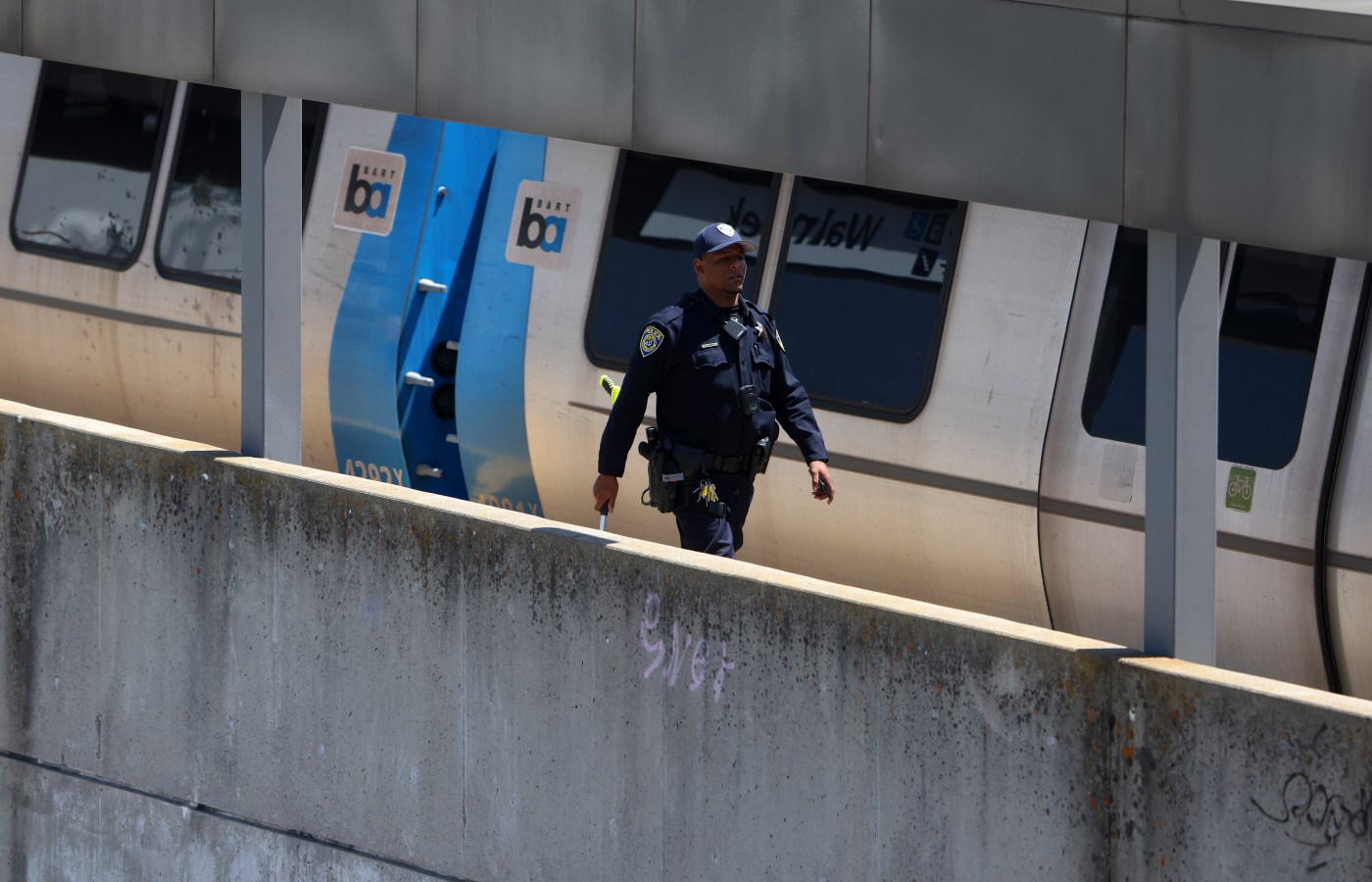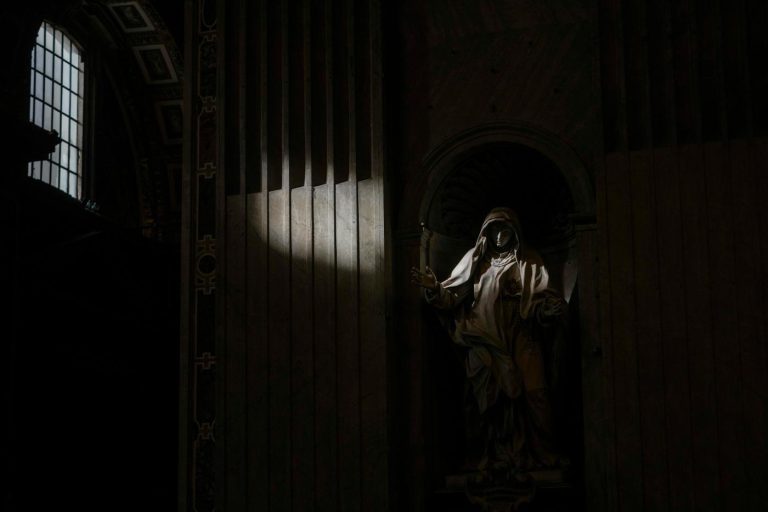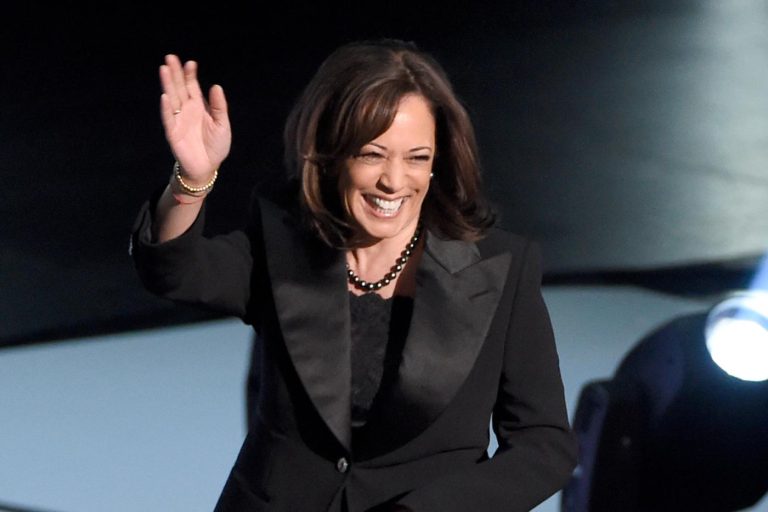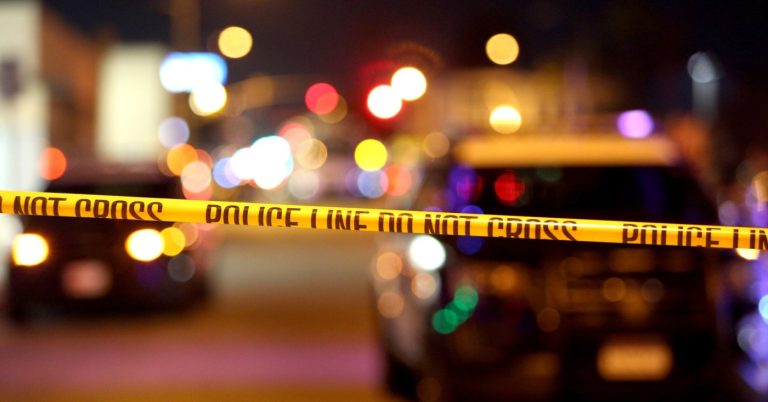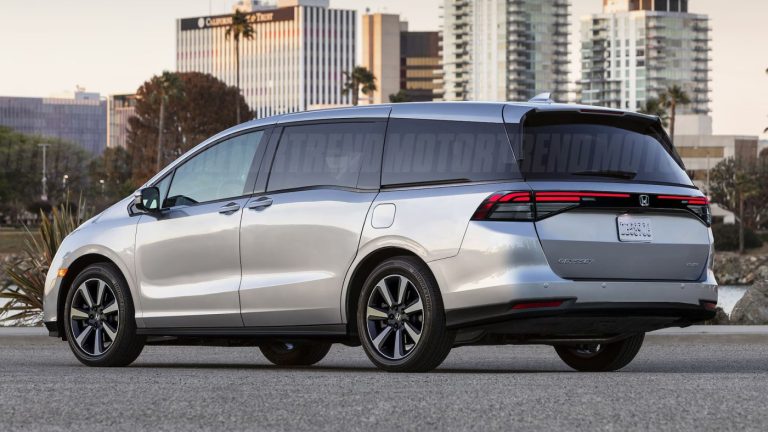BART has been crystal clear about the consequences of its so-called impending fiscal cliff. The transit agency is facing a $35 million budget shortfall in the 2026 fiscal year, and without a new source of revenue, stations could close, train lines could shut down, weekend service could be axed and mass layoffs could cripple what’s left of the system.
Now, a new 62-page report from the agency, called “Role in the Region,” shows how less frequent BART service – or no service at all – would impact everything from housing development to the local economy to traffic congestion.
“BART needs new, sustainable, long-term funding, coupled with safety and efficiency measures, and efforts to grow ridership. The pandemic revealed that BART is vulnerable to sudden declines in ridership. To shore up the current operating deficit and mitigate this vulnerability, BART needs a dedicated, new funding source. This new funding could come from the state, the region, or a combination of both,’’ the report states.
The report did not specifically address raising BART fares to cover operating costs, but such a move wouldn’t likely be at the top of the list for riders.
A 2023 poll by the Bay Area News Group and Joint Venture Silicon Valley found little enthusiasm for fare and toll hikes or new taxes. The poll of 1,802 registered voters in Santa Clara, Alameda, Contra Costa, San Francisco and San Mateo counties found that 56% of respondents said that commuter rail — BART, Caltrain and light rail, like VTA and Muni Metro — is important for the Bay Area and must be maintained even if it costs taxpayers more money.
But that’s not enough support to meet California’s current 66% approval for special taxes. The poll also found that just 22% of respondents said raising transit fares was the answer to increased funding. It went down from there: 18% would raise bridge tolls, 16% would raise gas taxes, 11% would raise sales taxes and another 11% would charge autos per mile driven.
Before the coronavirus pandemic, BART relied heavily on passenger fares to cover roughly 60% of its operating costs, leaning very little on financial assistance from regional, state and federal governments. The agency says it also previously passed on much of the financial support it was eligible for from the state’s Transportation Development Act and State Transit Assistance program, according to the report.
But when the pandemic hit and people went home to work, ridership plummeted. Total ridership last month was 43% of pre-COVID numbers. BART says it is now running service using one-time federal emergency funds that will run out in 2025 and that it will need financial assistance to cover roughly 70% of its operating costs in the coming years.
BART has long blamed remote work for the massive dip in ridership following the pandemic, but according to a 2023 poll by the Bay Area Council, BART could see up to 300,000 more trips over the course of the work week, pushing ridership above 50% of pre-pandemic levels, if crime, safety and cleanliness were more swiftly addressed.
“There can be no higher priority for BART and the future survival of the system than to direct every ounce of energy and resources into making the system safer and cleaner,” said Jim Wunderman, president and CEO of the Bay Area Council, which was instrumental in the creation of BART decades ago. “BART is the mass transit backbone of our region and there’s too much at stake for BART and our region not to be more aggressive in addressing the reasons legions of riders are staying away.”
The poll shows that concerns about crime, safety and cleanliness far outweigh remote work as the reason people are not riding BART. Ninety percent of respondents said their top priority is more frequent cleaning of trains and stations. Nearly half of those polled said they had witnessed crime on BART.
While the report does not touch on cleanliness or crime or what the transit agency should do about the issues, it does tout BART’s benefits to people and communities that extend far beyond just getting from A to B.
As of last year, the agency had built nearly 4,100 housing units on land it owns or operates. Nearly 200 more units are currently under construction, and BART has another 4,000 units in the pre-development phase, according to the report. BART says it expects that more than 35% of this housing will be affordable, which exceeds BART’s affordable housing performance target.
“We won’t hit our climate or housing goals without BART. Every mile driven emits 42 times the greenhouse gases of a BART trip and so much of our housing development is premised on high-quality transit options,” said Zack Deutsch-Gross, the policy director for the nonprofit TransForm.
Related Articles
Shuttles, public transit running to Rolling Stones show, BART selling ugly sweaters, Oakland issues free transit debit cards
Silicon Valley business leaders double down on push to get federal money for BART extension
Wayside fire causes Richmond BART station closure, train delays
BART’s direct service from Richmond to Millbrae suspended after defect in rail found
As VTA waits for federal funding decision on the San Jose BART extension, a report from the feds details additional project risks
The fallout from a Bay Area with less BART service would certainly clog roads and highways. The report estimates that traffic could increase by 73% on the Bay Bridge and 22% in the Caldecott Tunnel without sufficient train service.
The report also says that within a 15-minute walk of a BART station and one transfer to a connecting transit stop, travelers can reach 67% of the Bay Area region’s jobs, 61% of its residents, and 60% of schools, parks and libraries.
What’s more, BART last year contributed $1.2 billion to the economy through more than 5,000 jobs when accounting for BART’s direct payroll expenditures, local vendor spending and employee expenditures. Between 2019 and 2023, BART infused the local economy with more than $3.7 billion in construction spending and $1.7 billion in construction labor income, the report says.
“This report underlines how important BART is to the region,” Deutsch-Gross said. “Letting BART slide off the fiscal cliff would be devastating to all car drivers and transit riders alike.”
